Andrea Orcel stunned Germany last week by raising UniCredit’s stake in Commerzbank from 9 per cent to 21 per cent in a manoeuvre that mirrored tactics made notorious in hostile takeover battles more than a decade ago.
When carmaker Porsche and automotive supplier Schaeffler Group came for German blue-chips Volkswagen and Continental in 2008, they built their stakes by stealth. Back then, there was no legal obligation to disclose positions built through derivative instruments that guaranteed access to shares only at a later point in time.
The loophole in EU disclosure rules has since been closed, making large-scale secret stakebuilding impossible.
For Orcel, a former M&A banker and now chief executive of UniCredit, the stricter disclosure rules for financial derivatives presented a different opportunity: UniCredit has been able to disclose a 21 per cent stake in Commerzbank while complying with rules that, for now, block it from owning more than 10 per cent.
“Think what you may but this is just beautifully done,” said one Frankfurt-based banker.
At the core of the trade is an arbitrage between two rule books.
Eurozone laws governing bank ownership and control mean no one can buy more than 10 per cent of a lender without first getting the green light from the European Central Bank.
Approval may be a formality for an EU-based bank such as UniCredit, which had already said it would seek ECB consent after acquiring its first 9 per cent stake. But the process can take months, which allows rivals to build their own positions, hedge funds to snap up shares and a target to buttress its defence.
However, ECB acceptance is only required for UniCredit to take control of voting rights attached to Commerzbank shares. The rules neither stop the Italian bank from gaining economic exposure to the target’s stock beforehand nor ban the signing of contracts now to receive the shares after central bank approval.
Disclosure rules for share ownership in the securities laws enacted after the Porsche and Schaeffler tussles have a different focus: they require an investor to reveal the position when it owns — directly or indirectly through derivatives — an economic interest in 5 per cent of the shares or when they hit higher thresholds, one of which is 20 per cent.
This discrepancy allowed Orcel to reveal a huge jump in UniCredit’s stake in Commerzbank, taking it from a minority investor to leapfrogging the German government as the single biggest shareholder. Its position is also big enough to make it difficult for potential competitors to make a counter-offer for the German bank, should it decide to pursue a takeover.
At the core of the transaction are contracts UniCredit entered with Barclays and Bank of America, according to voting rights disclosures and bankers familiar with the deals.
Both investment banks struck so-called total return swap agreements with UniCredit, in effect committing to replicate the economic performance of Commerzbank’s stock. If the German lender’s shares go up, or the bank pays its dividend, the counterparties will pay the change in value to UniCredit. If the stock goes down, UniCredit must cover the difference.
Barclays and BofA also committed to physically deliver the Commerzbank shares to UniCredit later, should the Italian lender still want them. While the banks have bought a few Commerzbank shares directly, they hedged their trade mostly through put and call options, according to disclosures.
Four people familiar with the deal say the two investment banks will each make €12mn in fees and other income on the trade, which has a notional value of €2.3bn. The income each bank stands to receive could rise to €40mn-€50mn if the contracts are extended beyond 2026 or otherwise modified, they said.
People familiar with UniCredit’s thinking said the fees were “far lower”, without elaborating.
“In itself, a total return swap is not a very complex transaction and relatively simple from a technical point of view,” said former senior Deutsche Bank derivatives trader Pius Sprenger.
But “applying it on such a large scale as in the Commerzbank case required a lot of determination”, said Thomas Schweppe, a former Goldman Sachs M&A banker and founder of Frankfurt-based investor advisory boutique 7Square.
And last week’s 11.5 per cent total return swap was far from the first step in Orcel’s pursuit of Commerzbank.
Preparations to acquire the German bank started back in 2023 when the Italian lender silently built a direct stake of just under 3 per cent, said two people with direct knowledge of the matter, hovering below the first disclosure threshold for direct holdings.
In August 2024, when rumours started to circulate that the German government may soon start selling down its 16.5 per cent stake, UniCredit acquired another 1.7 per cent through a much smaller total return swap, still sitting below the 5 per cent threshold for combined direct and indirect positions.
Then on the night of September 10, the Italian bank bought another 4.5 per cent from the German government when it outbid financial investors in a block trade, clearing the 5 per cent disclosure threshold for the first time and subsequently revealing its 9 per cent position. By September 23, it had converted the initial, smaller total return swap into shares.
On the same day, UniCredit entered two much larger total return swaps, relating to stakes of 5 per cent and 6.53 per cent, that will expire in 2026. A two-year exercise period — much longer than the expected six to 12 months timeframe for obtaining regulatory clearance — shows the Italian bank is “patient”, said one insider.
UniCredit negotiated the derivatives without external advisers, relying on in-house expertise, said people with knowledge of the situation.
UniCredit’s equity and credit sales and trading team is headed by derivatives specialist Salvatore “Chicco” Di Stasi, who joined from UBS last year and previously worked at Goldman Sachs.
“He has something that you don’t [often] find in a large commercial bank, nor in UniCredit . . . He is very, very creative as far as structuring is concerned,” one former colleague said.
Total return swaps can come with risks. During the 2008 financial crisis, large drops in VW and Continental shares left Porsche and Schaeffler Group exposed to huge losses when their derivative stakes lost billions of euros in value.
Orcel has eliminated that risk with another layer of financial engineering, said people familiar with the transaction. He is using a so-called collar to hedge the Commerzbank position against share price declines, while also waiving large parts of the upside.
The structure — consisting of opposing call and put options — in effect locks in last week’s Commerzbank share price.
The careful stakebuilding served to underscore Orcel’s seriousness about gaining control of Commerzbank despite political opposition.
Revealed days after the German government announced it was pausing sales of its remaining stake in Commerzbank in the wake of UniCredit’s initial stakebuilding, one insider said Orcel had used the trade to ask: “Can you hear me now?”
Another banker familiar with the deal said Orcel used the derivatives to “walk the talk”, with the position underpinning his verbal interest in Commerzbank.
Hedging the downside to the Commerzbank trade backs Orcel’s claim he could walk away from his pursuit of the German group, the banker said.
While such an announcement could lead to a steep fall in Commerzbank’s share price, UniCredit’s losses would be limited. Similarly, if a future deal with the German bank did go through, Orcel could take full possession of the underlying 11.5 per cent stake at its mid-September price without having to pay a meaningful takeover premium.
UniCredit’s trades have also made it far harder for potential rivals such as Deutsche Bank, BNP Paribas or ING to build a similar derivatives position in Commerzbank.
While Commerzbank is a highly liquid stock, close to a third of the total market capitalisation is tied up: 12 per cent is owned by the government, and 21 per cent is controlled by UniCredit.
As one German banker said: “For everyone else, mustering a counter bid has become quite a lot harder.”

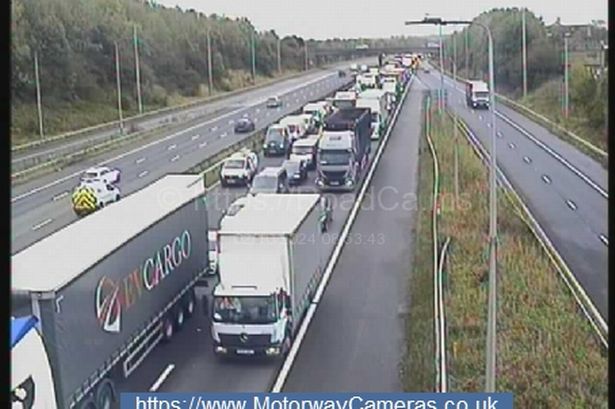



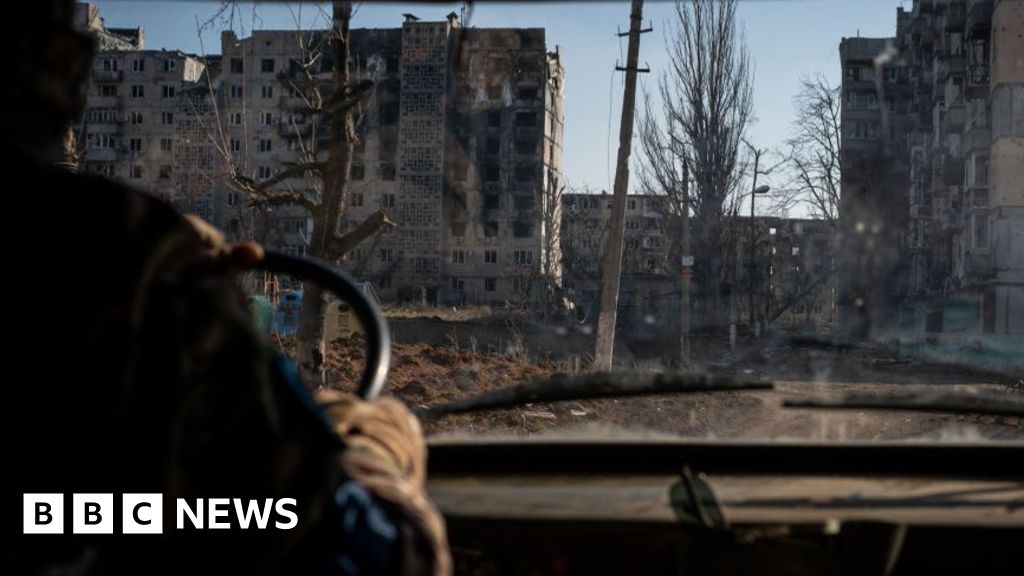

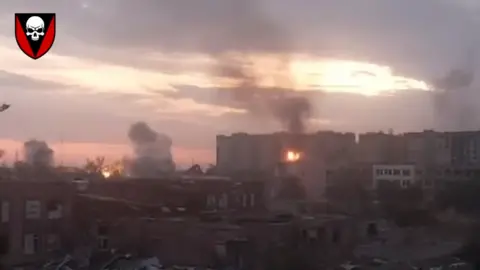
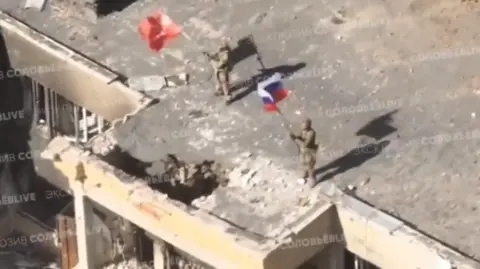
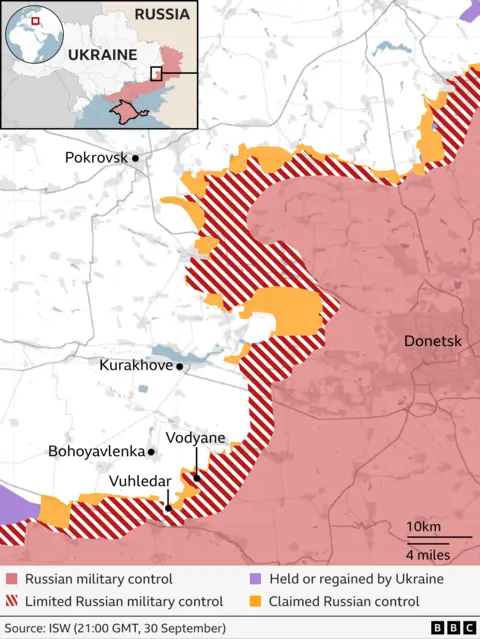
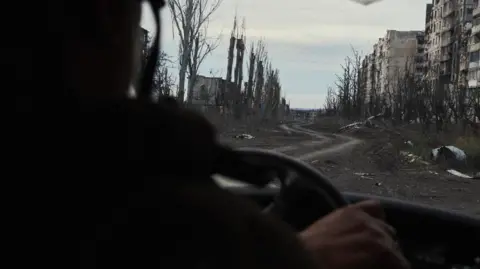
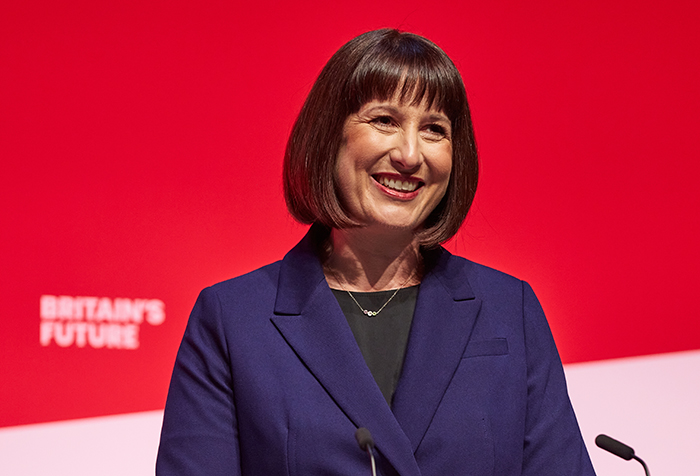

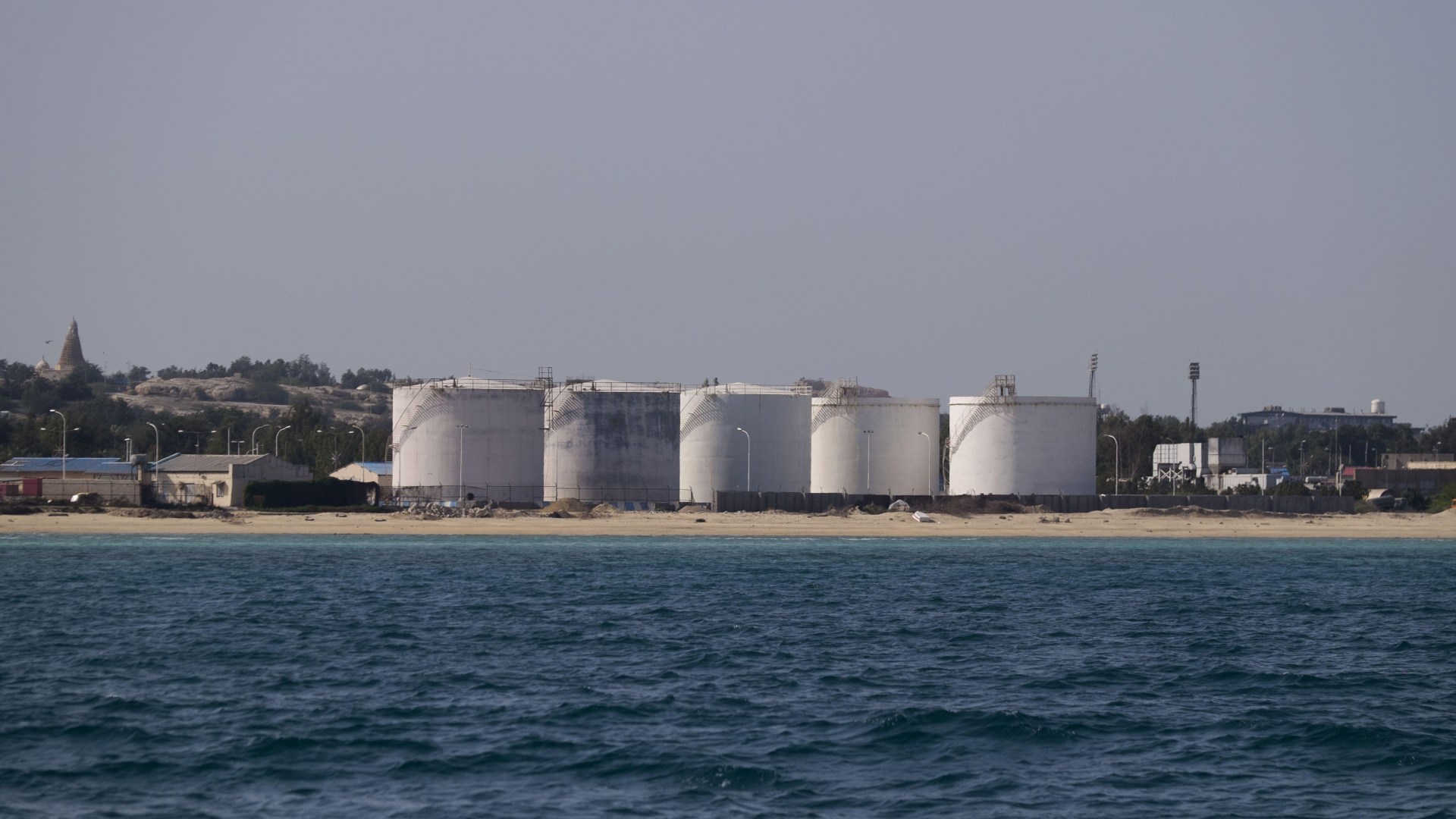





































































































































You must be logged in to post a comment Login